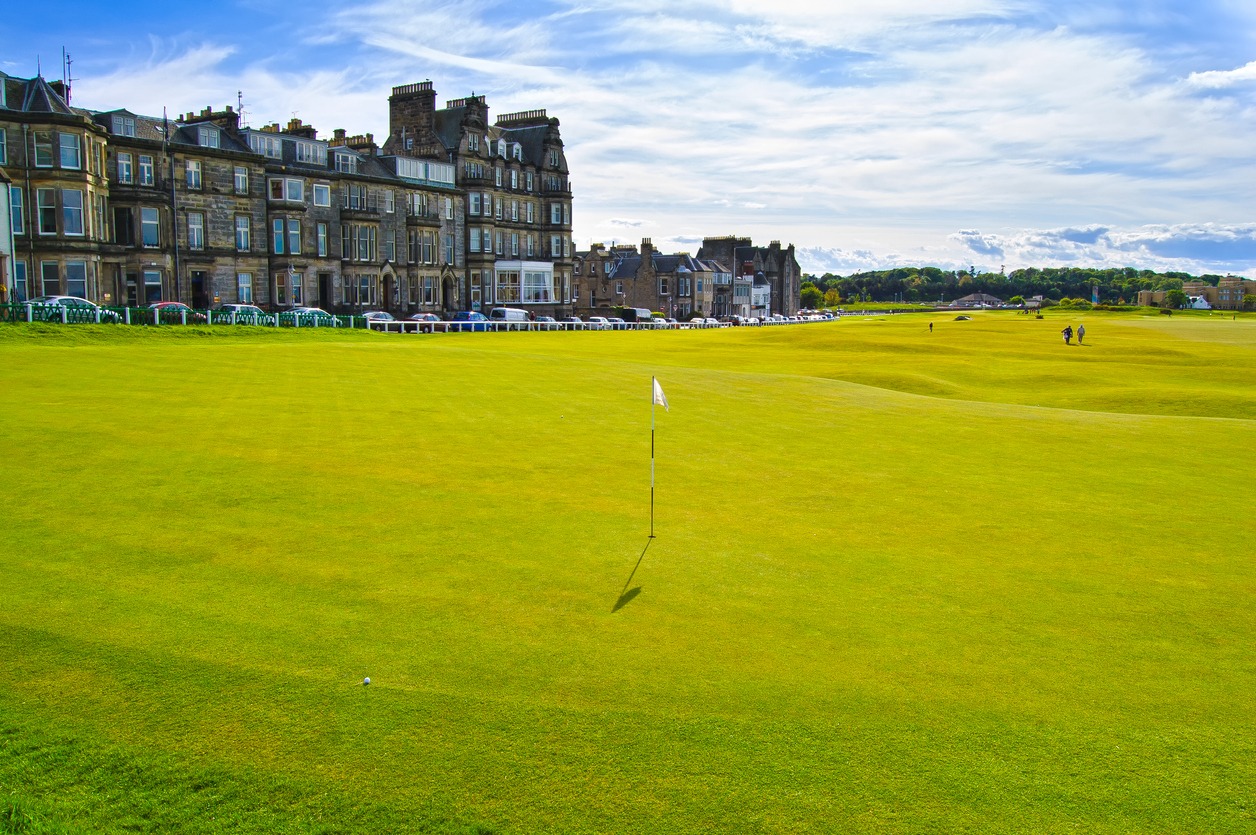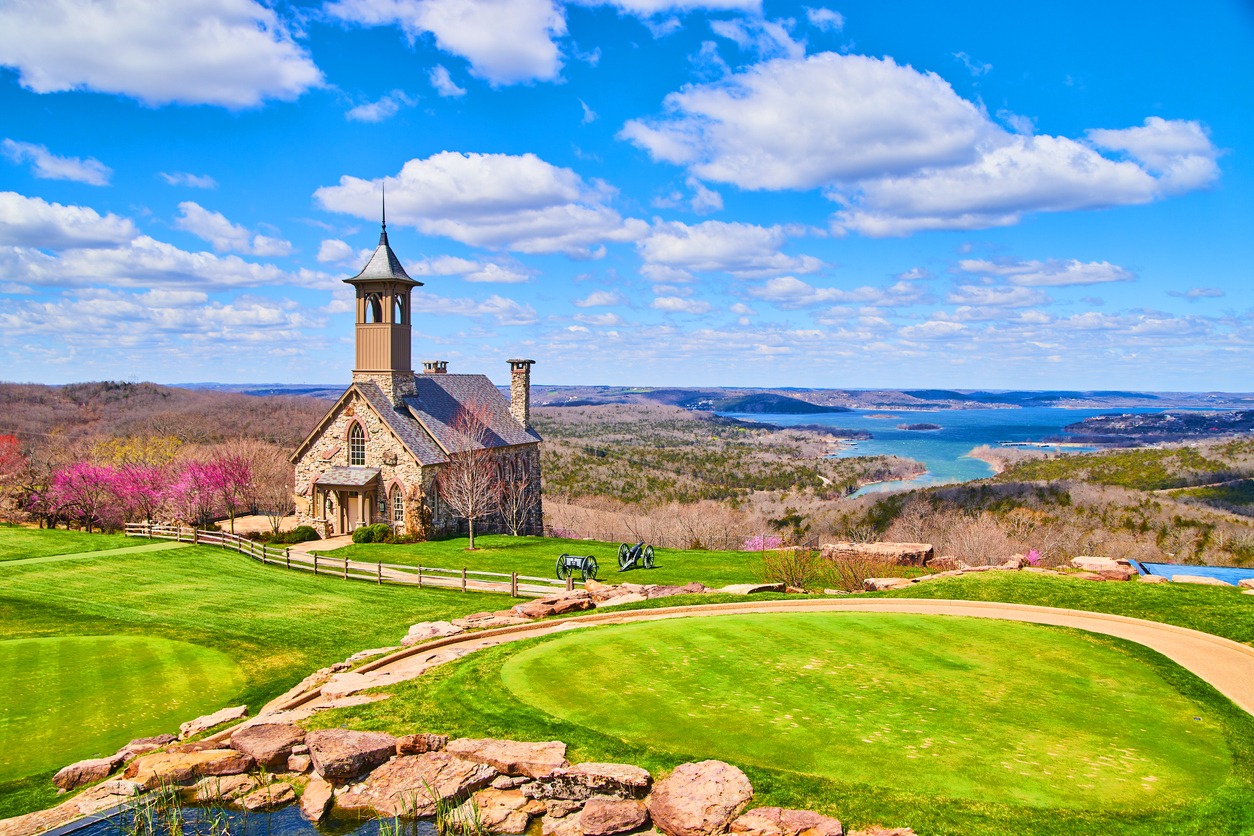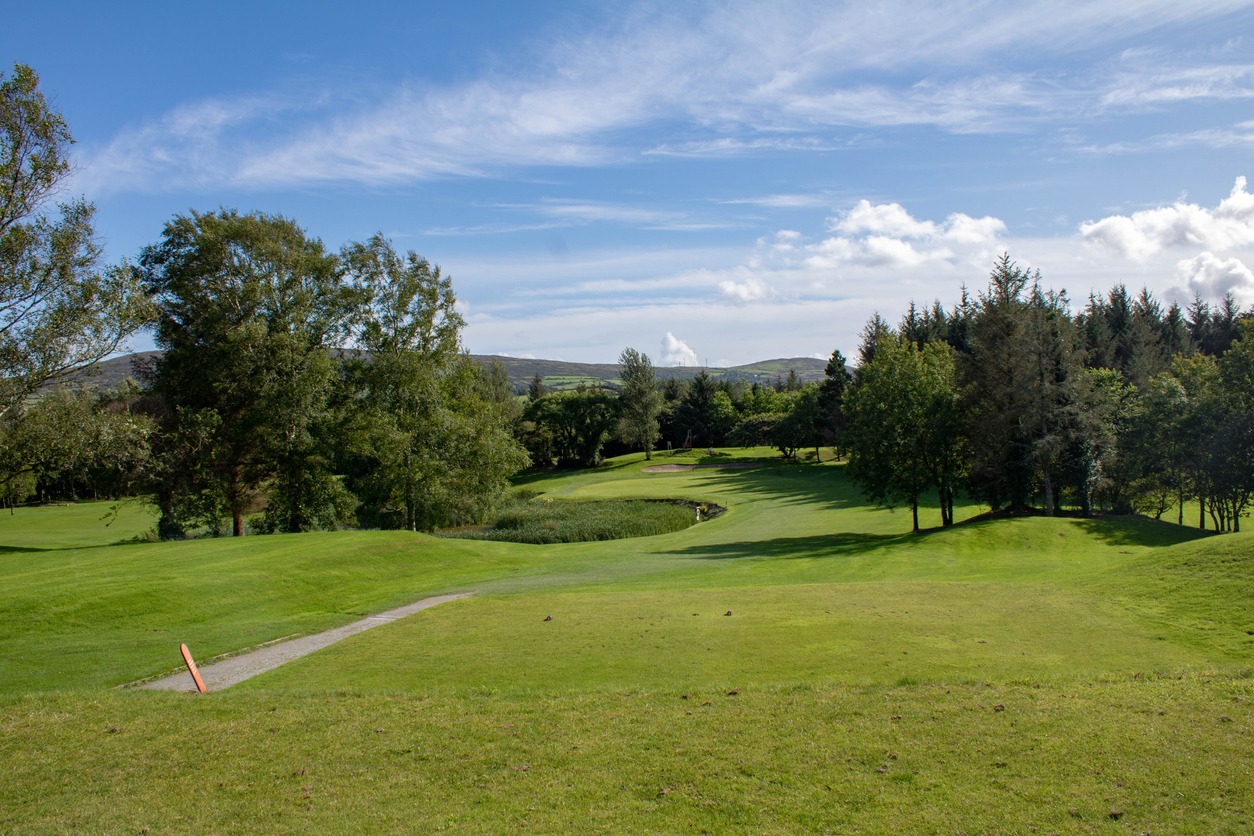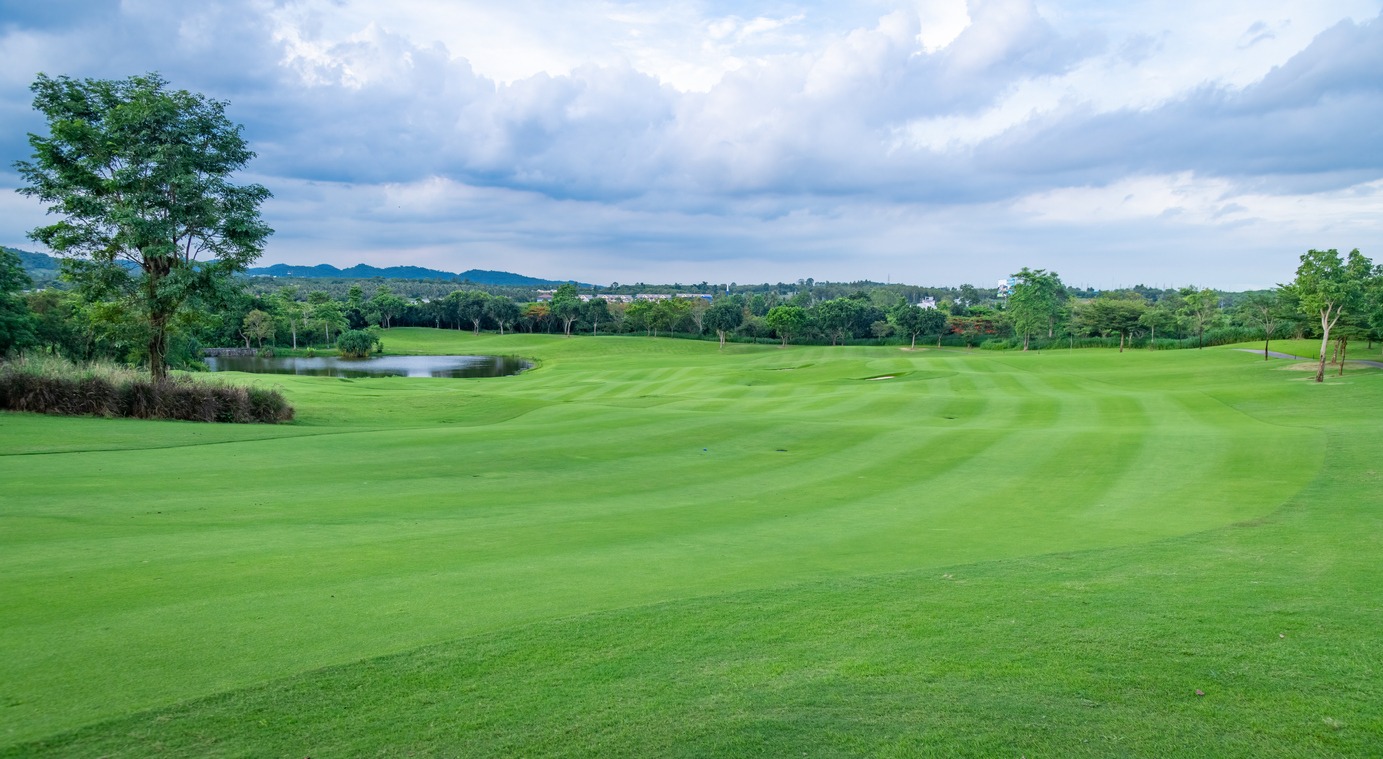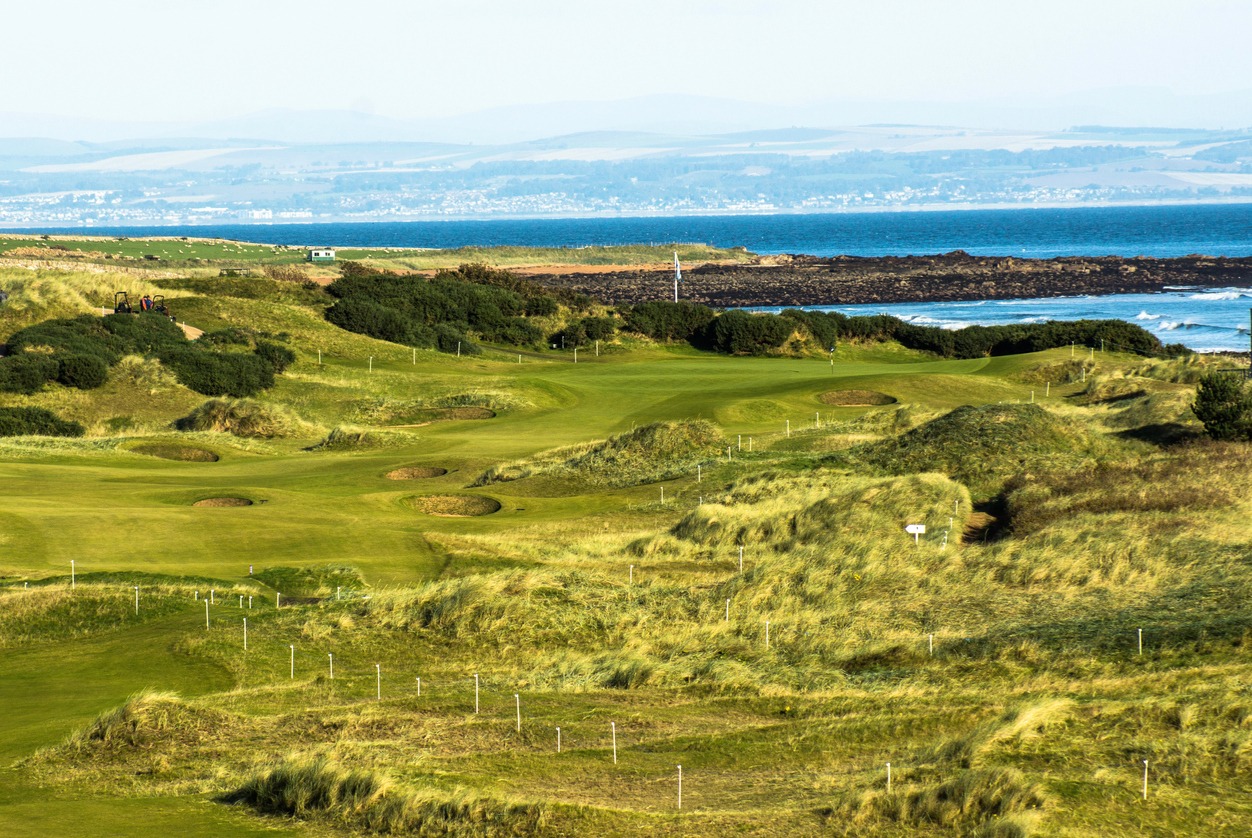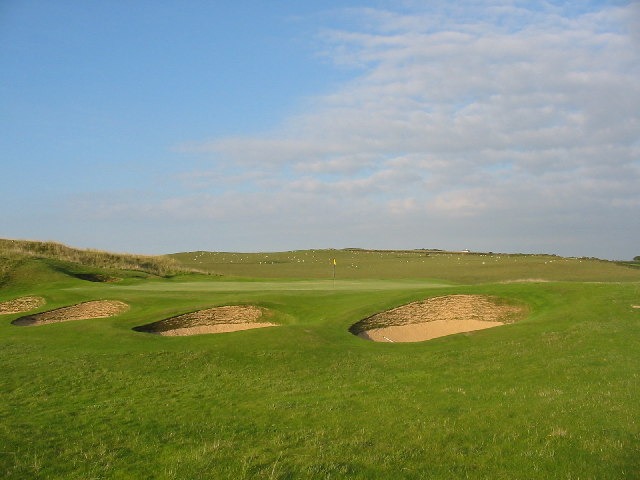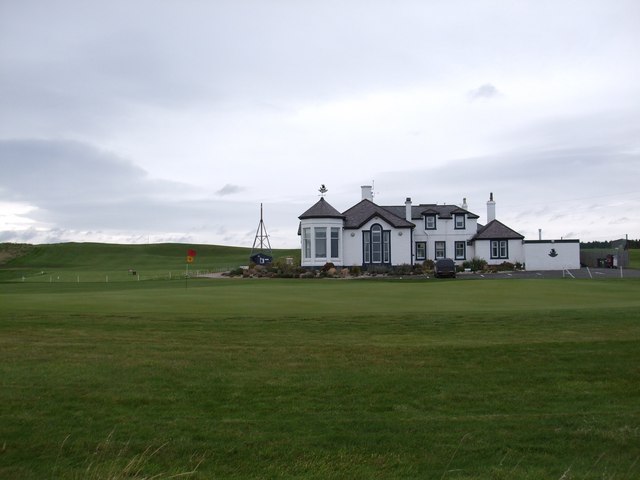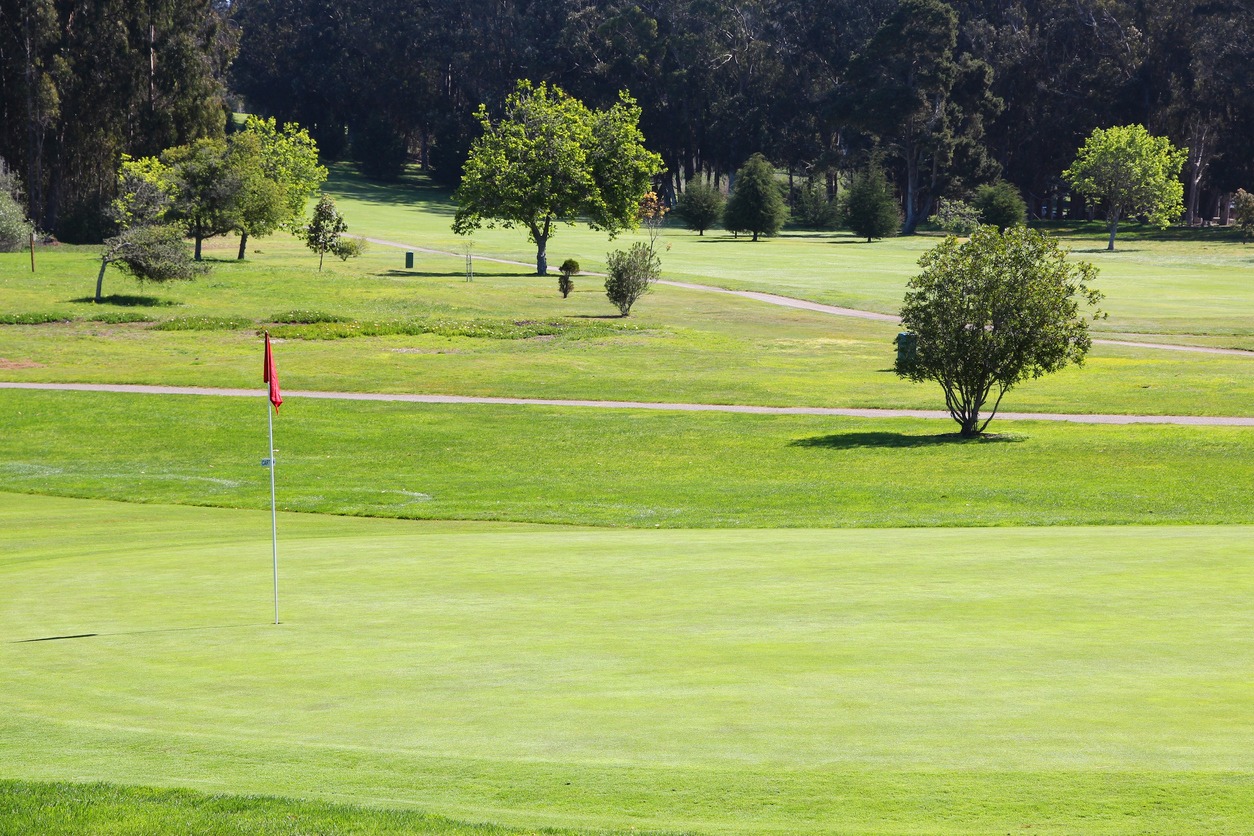While the exact beginnings of golf have faded into history, it’s widely acknowledged that the evolution of modern golf birthed in Scotland during the Middle Ages. There is evidence of games bearing striking resemblances to golf, with origins dating back to the late 13th century. Nevertheless, the version of the game upon which modern golf is founded gained popularity in the 16th century. As a matter of fact, a number of the most ancient golf courses included in this compilation can trace their origins back to this particular era.
Let’s take a tour of some of these centuries old spots below.
Scotscraig Golf Course – Tayport, Fife, Scotland, 1817
Established in 1817 by select St. Andrews Society of Golfers members, who later evolved into the Royal and Ancient Golf Club, it is positioned merely ten miles away from St Andrews, offering a strategic geographical proximity.
The precise duration of the club’s engagement in golfing activities within the region remains uncertain, yet the original Scotscraig Golf Course featured just six holes. Originally situated within the confines of the Garpit racecourse, vestiges of the racecourse’s former layout can still be discerned.
Scotscraig is not positioned directly alongside the coastline, thus it’s not classified as a traditional links course. The presence of ample heather and gorse across the course makes it as a fascinating blend of links and heathland elements.
Kinghorn Golf Course – Kinghorn, Fife, Scotland, 1812
Despite the formal establishment of the modern Kinghorn Golf Course in 1887, recent discovery of a letter has unveiled evidence of golf being played on the Kinghorn links as early as 1812. This letter has shed light on the fact that the land procured by the Kinghorn Council in 1886 for constructing the current course had been utilized by golfers for a considerable span of time prior.
The inaugural 9-hole layout of the Kinghorn course was meticulously devised by Old Tom Morris. The Council took steps to augment the course’s expanse in 1909 by acquiring additional land, leading to the incorporation of nine more holes.
Kingsbarns Golf Links – Fife, Scotland, 1793
Dating back to at least 1793, the Kingsbarns Golf Links was initially known as the Cambo Links. However, its operation by the Kingsbarns Golfing Society ceased in 1850, with the land repurposed as farmland.
After a hiatus, the Kingsbarns Golf Club and the links were revived in 1922, with Scottish pro golfer Willie Auchterlonie designing the course near Kingsbarns Bay. Despite a closure during World War II, efforts to establish the present Kingsbarns Golf Links commenced in November 1997, leading to its reopening in 2000.
Royal Aberdeen Golf Club – Aberdeen, Scotland, 1780
The Championship Links at Royal Aberdeen, a renowned tournament host, has seen enhancements from golf design legends like James Braid and Donald Steel. It offers prime raw links golf experience. With nine holes leading away from the clubhouse and the return journey on the back nine, the course affords views of Aberdeen city. It encompasses quintessential links elements such as challenging rough, imposing sand dunes, and exposure to the elements.
Fortrose & Rosemarkie Golf Course – Iverness, Scotland, 1702
While golf’s presence in Scotland traces back to the 15th century, the earliest recorded instance of the sport being played in the Scottish Highlands dates to 1702 in Chanonry, now Fortrose. The game’s popularity in the region surged, leading to the establishment of the first Fortrose Golf Society by 1793.
The Fortrose & Rosemarkie Golf Course was officially founded in 1793. Portions of the modern course, including the 6th to 9th holes, now overlap with segments of the original layout. Initially comprising only 6 holes, the course was expanded to its current 18-hole configuration in 1924.
The course has garnered numerous prestigious accolades, such as its inclusion in the Top 50 Golf Courses in Scotland. Additionally, it has served as the venue for several Scottish amateur championships.
Musselburgh Links – East Lothian, Scotland, 1672
The Old Course at Musselburgh Links boasts a centuries-long history. In 1672, Sir John Foulis of Ravelston, a notable Edinburgh lawyer, meticulously documented his golfing endeavors on what is today the Musselburgh Links. This site not only houses one of the world’s oldest golf courses but also hosts the Royal Musselburgh Golf Club, established by at least 1774, thus earning it the distinction of being one of the earliest golf clubs.
It’s been suggested that Mary, Queen of Scots, engaged in playing the links here as early as 1567. Interestingly, the official measurement for the width of a hole originated from a tool employed to create the holes at Musselburgh in those years.
Elie & Earlsferry Links – Fife, Scotland, 1589
Golfing rights in Elie and Earlsferry were established in 1589 through a royal charter, granting villagers access to the Elie and Earlsferry Links. Records from 1770 depict the earliest documented course layout, featuring descriptions of both short and long courses. Portions of the current golf course now occupy this historic land.
Despite the long-standing enjoyment of the Elie and Earlsferry Links by golfers, local farmers began to contest land usage around 1812, aiming for agricultural purposes. After two decades of effort, local golfers succeeded in firmly securing their rights, a victory that has endured to this day.
Montrose Golf Links – Angus, Scotland, 1562
Ranked as the fifth oldest course globally, Montrose also holds the distinction of being the third oldest royal golf club worldwide, which naturally qualifies its inclusion on this esteemed list.
Golf traces its roots at Montrose Golf Links back to at least 1562, when James Melville, a notable student of St. Andrews University, brought the town to golfing prominence.
The present 1562 course retains elements of the original grounds and was designed in 1913 by Harry Colt. Its layout has remained largely consistent.
Old Course at St. Andrews – Fife, Scotland, 1552
The renowned St. Andrews Old Course requires minimal introduction and is universally acknowledged as the spiritual birthplace of golf. It proudly holds the distinction of being the world’s oldest golf course.
Recognized as the “home of golf,” it has been a golfing hub since the 15th century. Nevertheless, the sport faced a ban in 1457 by King James II, only to be reinstated in 1502 by King James IV’s renewed interest.
St. Andrews remained inaccessible until 1552 when Archbishop John Hamilton granted local residents the right to play on its links. Over its extensive history, the Old Course underwent several redesigns, with the modern layout taking shape around 1856 under the guidance of Old Tom Morris, hailed as the “grandfather of golf.” The Old Course’s influence extends not only to the evolution of golf itself but also to the design of golf courses worldwide.
Conclusion
It’s truly remarkable that golf courses with centuries-old histories can still present a world-class test to modern golfers. Indeed, golf isn’t just a classy sport but also a treat to anyone with a penchant for good historical backstories and landscapes that withstand the test of time.
